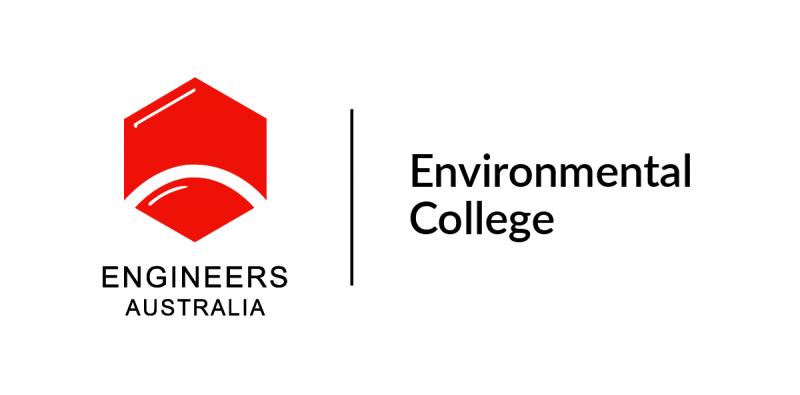
This page briefly discusses the history and activities of the CEE. Further information can be obtained from the Engineers Australia website.
Background
The National Board of the Sustainable Engineering Society (SENG), then titled the Society for Sustainability and Environmental Engineering and its predecessor, the National Committee on Environmental Engineering, made a number of submissions since 1993 on the need for a Environmental Engineers College.
A proposal to establish a Sustainable Engineering Society and College was submitted to Engineers Australia in October 1994. Approval was given to form the Society but not the College on the basis that the Society need to first prove it had a legitimate constituency as proved by membership numbers. The Society now has in excess of 1000 members with six chapters. This has been achieved without any major membership drive. The Society has proved it has support and Congress approved the formation of a College of Environmental Engineering in April 2000.
Functions of The Environmental Engineering College
The Environmental College Strategic Plan is attached, which compliments the Engineers Australia Strategic Plan.
Proposed Consultation with Other Colleges
Skills in elements of Environmental Engineering are now widely used in many fields of engineering. The Environmental Engineering College will therefore consult with other Colleges of Engineers Australia, with the objective of developing joint programs to meet the core and elective professional development requirements of all Engineers Australia members who require professional skills in environmental engineering and related disciplines. The aim of consultation shall be to ensure coverage of professional development needs in an efficient and effective manner, and the harmonisation of standards for assessing member development.
Liaison with Outside Bodies
The college of Environmental engineers will liaise with bodies outside of Engineers Australia, both within Australia and overseas, with a view to fostering cooperation that will better serve the membership. Cooperation will occur at a number of levels, depending on the type and standing of the outside body, and where appropriate will lead to recommendations that formal affiliations be made.
Representation on National Congress
In accordance with Engineers Australia regulations, The Environmental Engineering College will be represented on the Professional Consultative Committee which nominates representatives to the Engineers Australia National Congress, to represent the interests and views of the Colleges in that forum.
The Board Chairman is to be elected by and from the members of the Board.
A Board Secretary from Engineers Australia Colleges Secretariat would support the Board.
Meetings of the College
The College are fully established and have settled in to normal operation. The College of Environmental Engineering Board (CCEB) meets face-to-face twice a year. Should further meetings be required, it is expected that these would take place by tele-conference. Between meetings, business is transacted by e-mail, telephone and fax.
Relationship to Sustainable Engineering Society
It is envisaged that the Sustainable Engineering Society will continue as a Technical Society affiliated with the College of Environmental Engineering. The Society roles will continue to implement a range of learned institution and professional development activities, primarily at the local level, including meetings, seminars, workshops etc.
Funding
Funding for the college is based on standard Engineers Australia procedures for College funding.



